- Home
- slideshows
- miscellaneous
- Zara has a fleet of secret stores where it plots how to get you to spend more money and win the fast-fashion arms race
Zara has a fleet of secret stores where it plots how to get you to spend more money and win the fast-fashion arms race
From the outside, the pilot stores do not look too dissimilar to a typical Zara store you might find in a mall. But don't be fooled — these secret locations are completely off-limits to the public.

Inside, Zara's team of visual-merchandising experts are hard at work curating the store layout. It looks exactly like your typical Zara store, with the signature black-and-white color scheme and clothing displayed on racks and on mannequins. The only difference here is that this clothing won't make its way to actual stores for another two weeks.

The team here receives new items twice a week and then decides exactly how they should be displayed. This includes deciding what should be paired together and where it should be placed in the store to best draw in customers.
They use mannequins to show which clothing works well together to inspire customers and hopefully encourage them to buy complete outfits.
The design and layout of its stores are crucial for the business, not only because they create an appealing shopping experience, but also because this is the retailer's main marketing avenue.
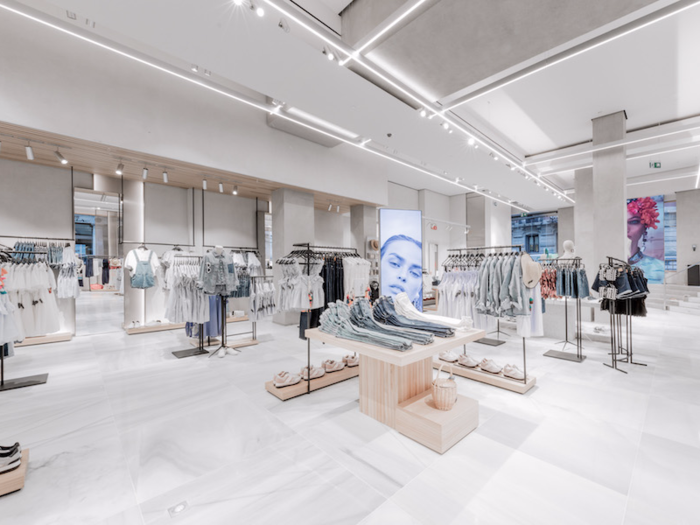
Zara is known for being one of few retailers that do not run conventional advertising. Therefore, its stores and website serve as the face of the brand.
The store needs to have a sleek, clean image that lets the clothes speak for themselves, a spokesperson for Zara told Business Insider, explaining why it opted for the minimalist, black-and-white color scheme.
A visual-merchandising expert who was working in the store during our visit said that the team positions the top trends of the moment, inspired by magazines, in the most visible areas of the store. For September, the big trend is animal prints, she said.
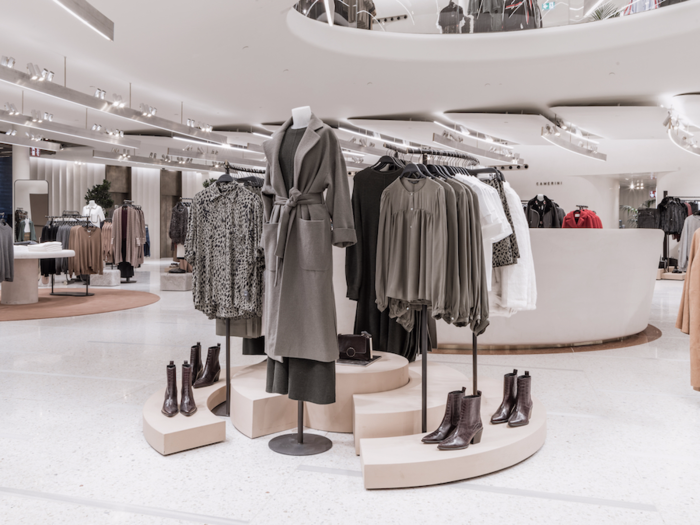
The newer items are put near the entrance of the store to grab the attention of customers, as after all, they are in the business of selling newness, another employee says.
Another visual-merchandising expert who has worked at the company for 16 years said the design of the store hasn't changed much in the time she has worked there.
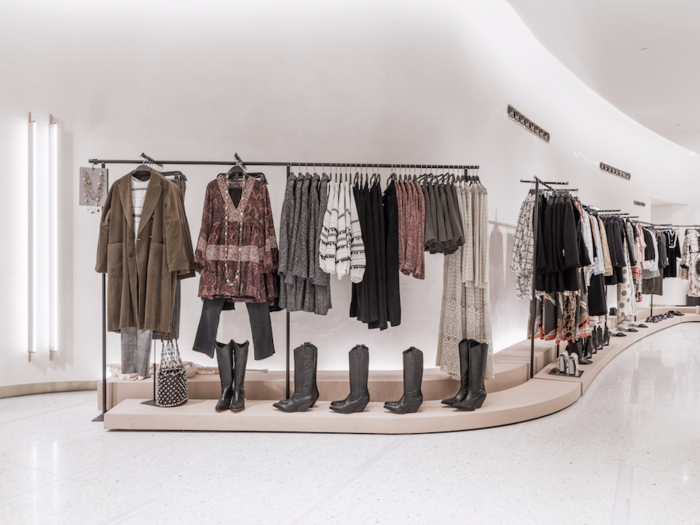
The focus has always been on "newness, newness, newness," she almost chanted. This means that the stock is rotating constantly. By the time the newest collection is in position, the next clothing racks are arriving and ready to be arranged.
The biggest change the stores have seen over the past few years is the addition of screens, she said. "The store is evolving to adapt to the times and attract younger customers."
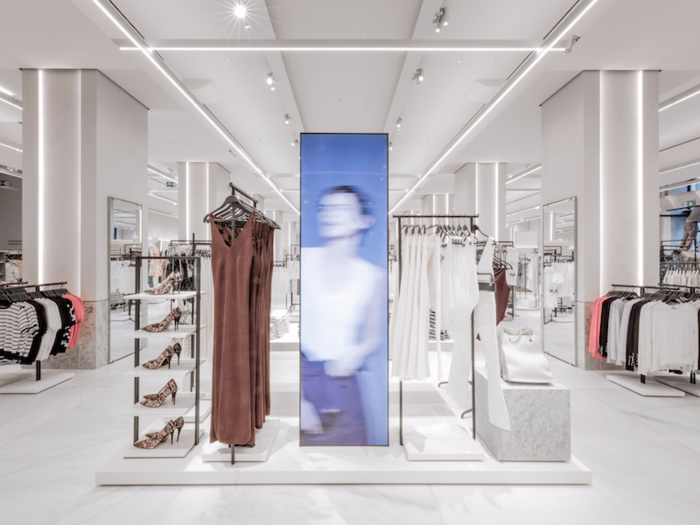
Part of the reason for using the pilot stores is that they help to keep the brand image coherent, especially as the retailer has expanded enormously over the past two decades.
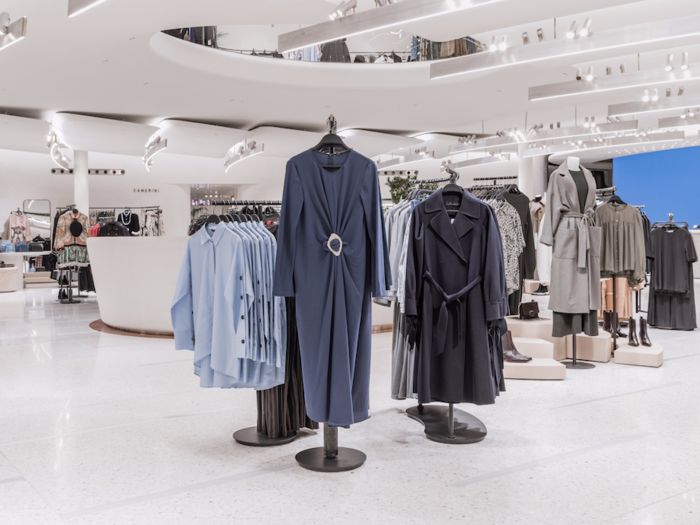
It also means that store managers can't have completely free rein over the design.
Twice a year, at the launch of major trends or collections, store managers from around the world come to Zara's HQ to visit the pilot stores and take photographs of the layout in order to replicate it in their own countries.
At this point, they also share their insights into what is working and what is not in their own country.
As Zara delivers new items to its stores every two weeks, the inventory and design of its stores are constantly changing.
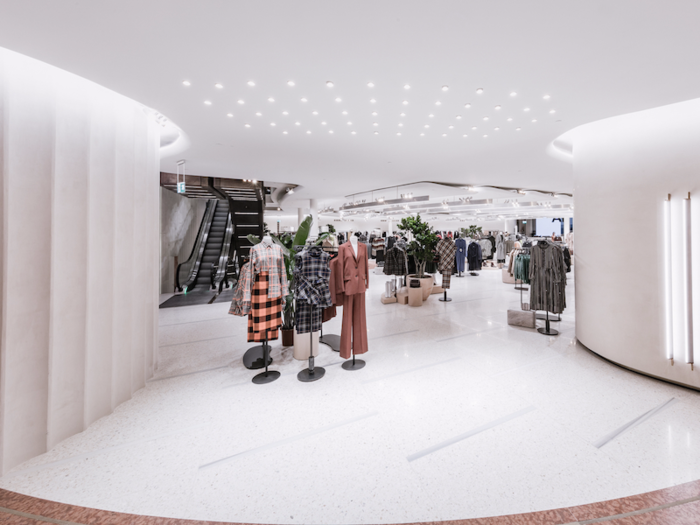
Each time the pilot store is adjusted, store managers receive photographs of the new layout so they can easily update their stores.
Store managers also work with local commercial teams to discuss any necessary changes that need to be made to the layout in order to cater to different local tastes and seasons. For example, if it is the cold season in one region, jackets and coats are placed near the front of the store. Meanwhile, in countries with hot weather, the reverse will be true at that time.
According to one visual-merchandising expert, Zara modifies the store layout in Asia to be more appealing to a younger crowd, as that is the retailer's primary customer there, she said.
Alongside the visual-merchandising experts, Zara has a team of 31 architects who are the brains behind all of the structural details in the store. They are called in when a new location is scouted by Zara's expansion team to make the final call on whether what is being proposed for the space is actually possible.
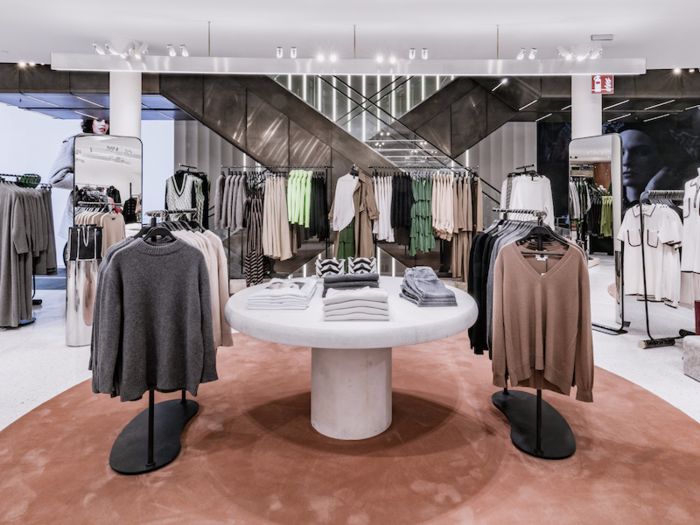
From then on, every piece of furniture and light fixture in every store is designed by this team.
There is even a fake cash register set up in the pilot stores.

Architects talk to cashiers and sales assistants who work in Zara stores to determine the most logical layout in this area.
That includes determining the height of the register, the exact position of the security tag bin, and where to store old hangers. Each detail is thought out to make the process as efficient as possible and to ultimately serve more customers more quickly.
About 50 meters away from these pilot stores is a separate area and team that is devoted to creating the shop windows of each of Zara's collections.
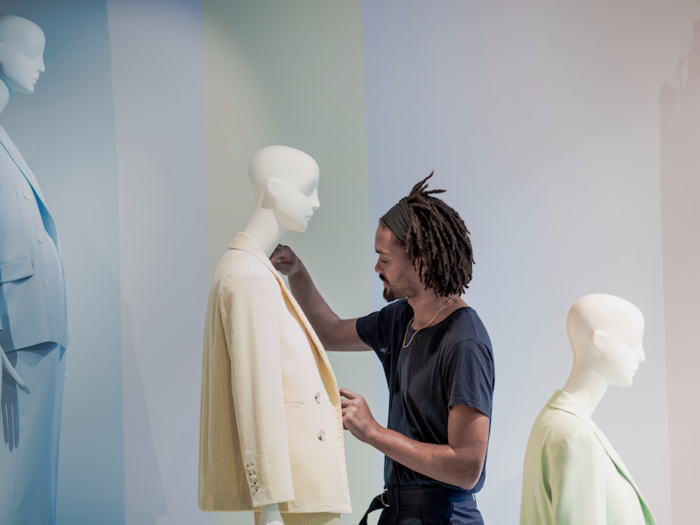
"They decide the color, the decoration, and how the way to show the trends," a spokesperson for Zara said.
The biggest trend of the moment will be put in the window. For early fall, the predominant trend is animal print.
This team dresses the mannequins, takes photos, and passes them on to stores. This display is changed every 18 to 20 days.
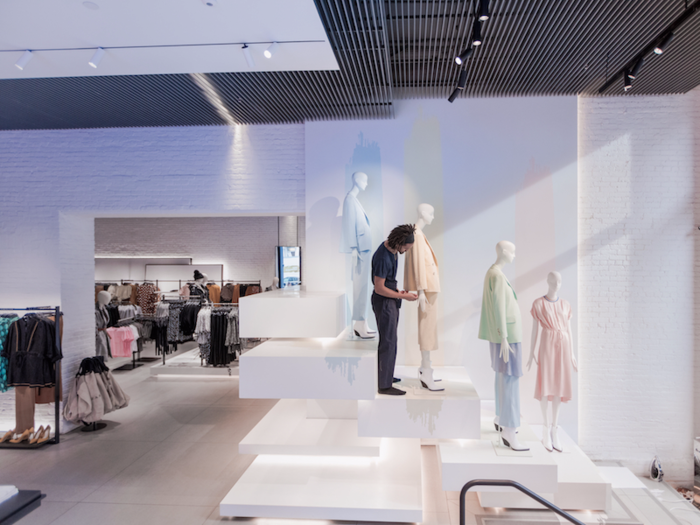
Popular Right Now
Popular Keywords
Advertisement